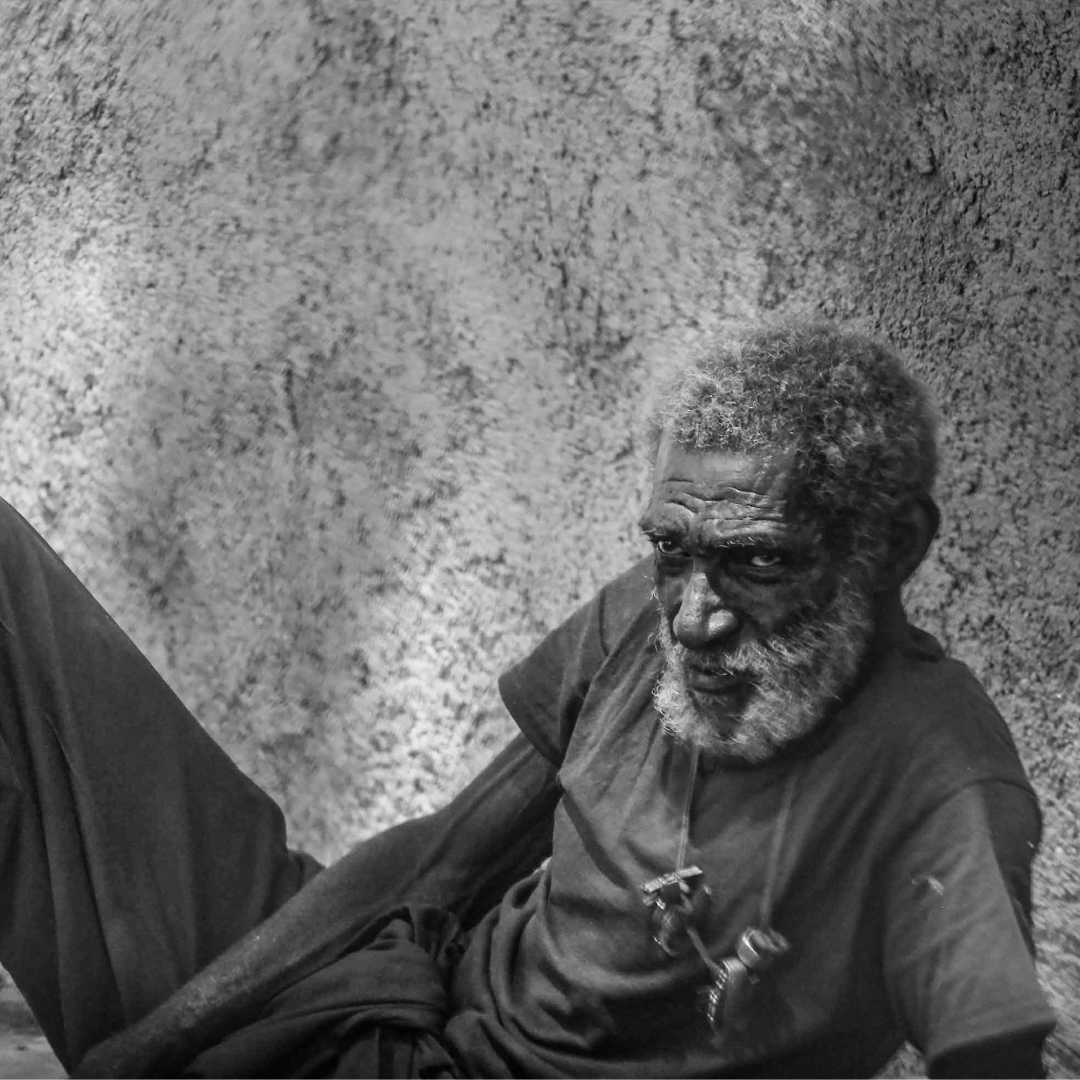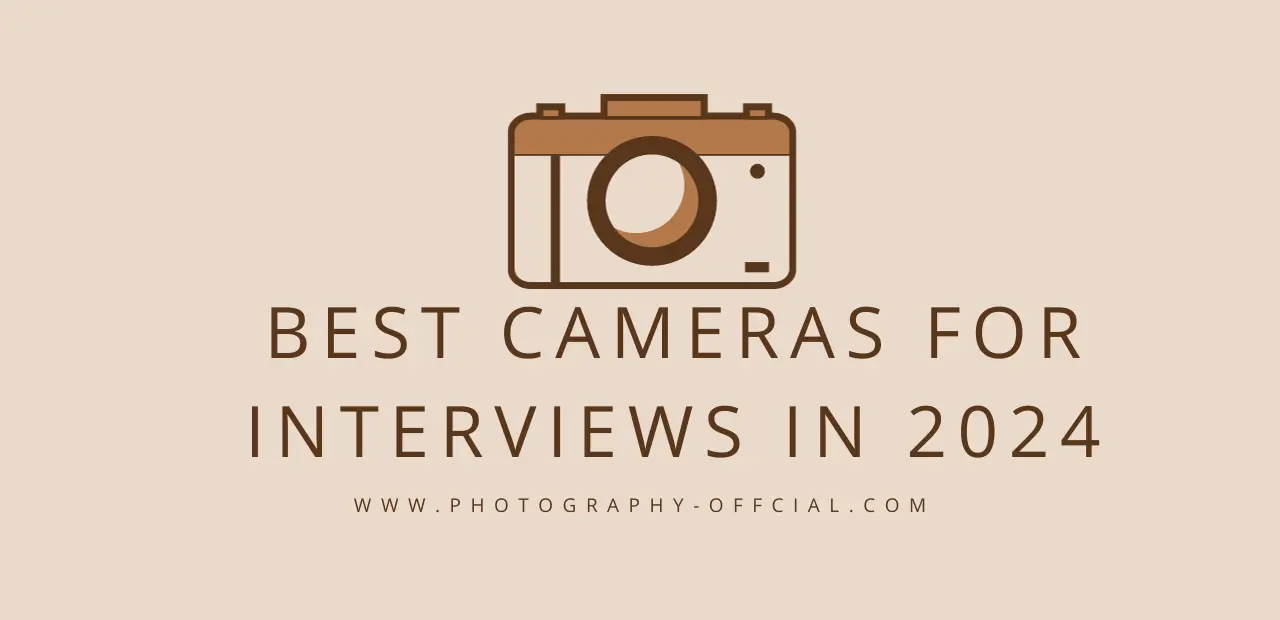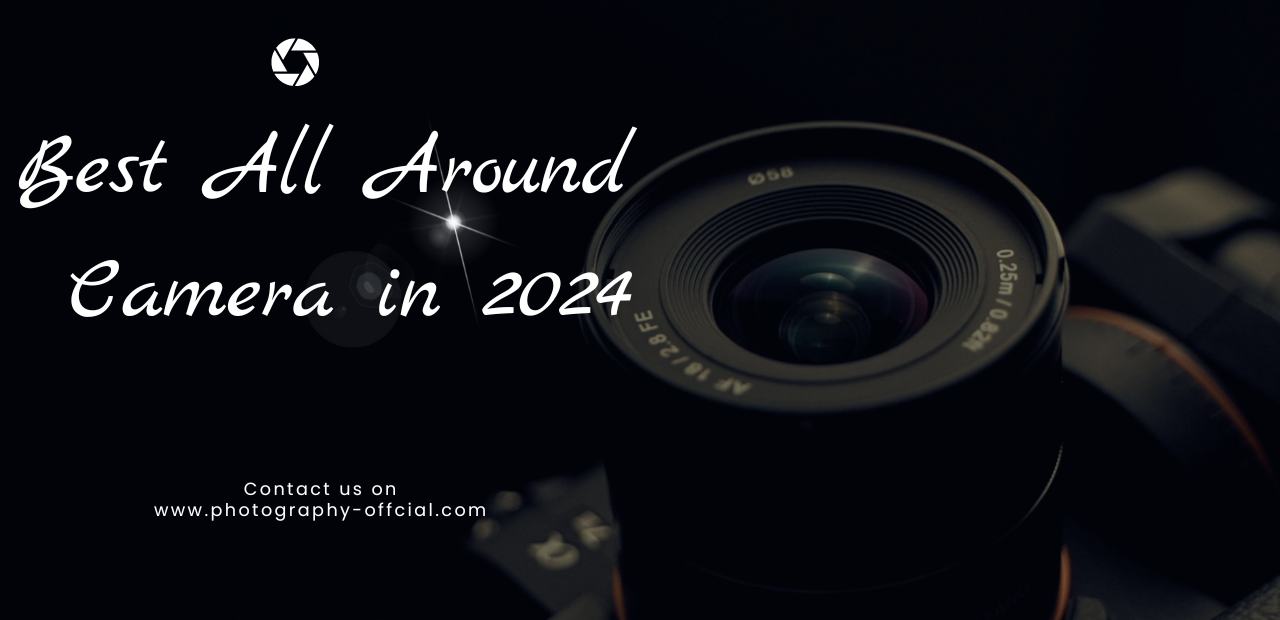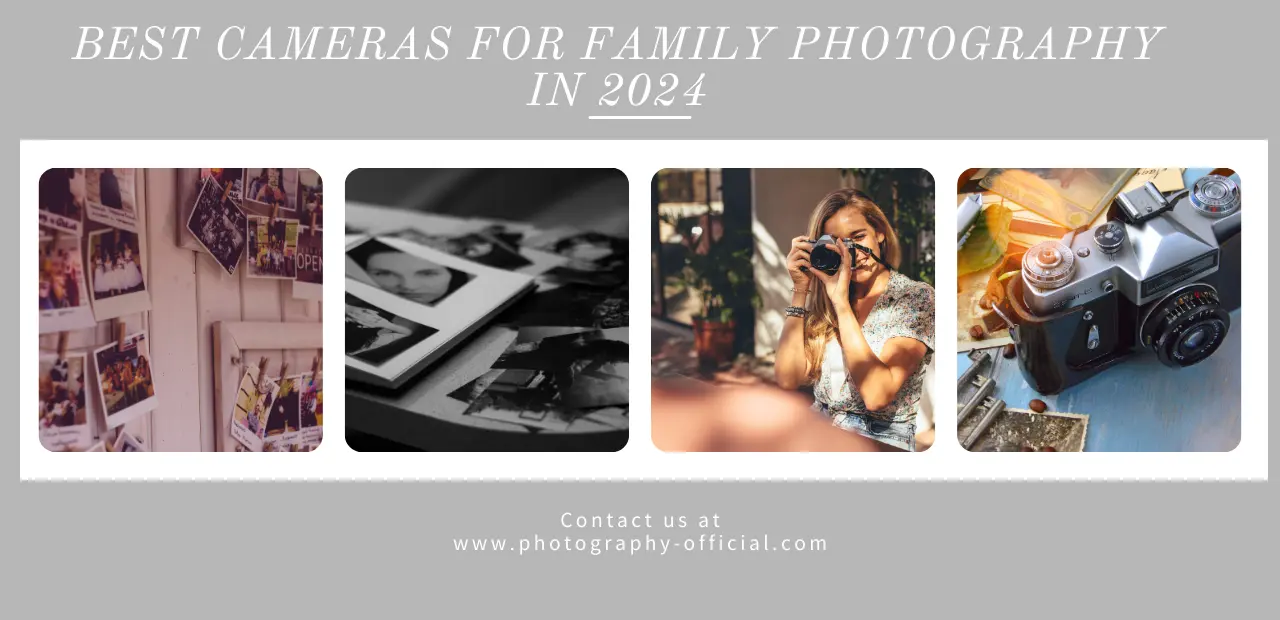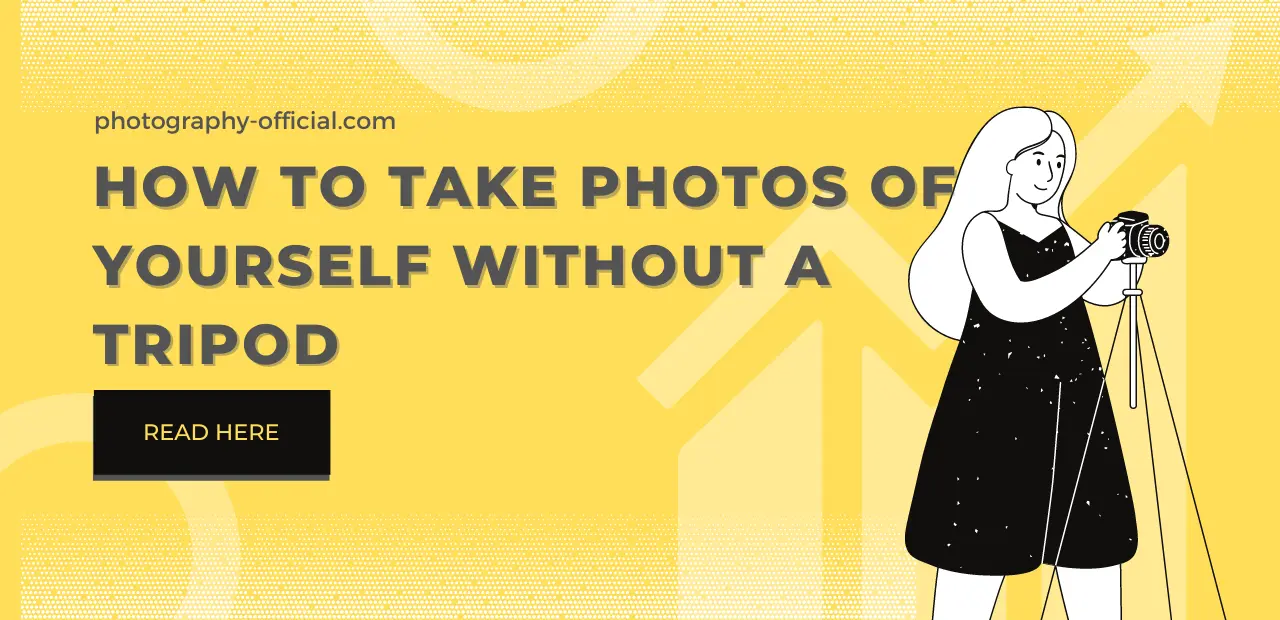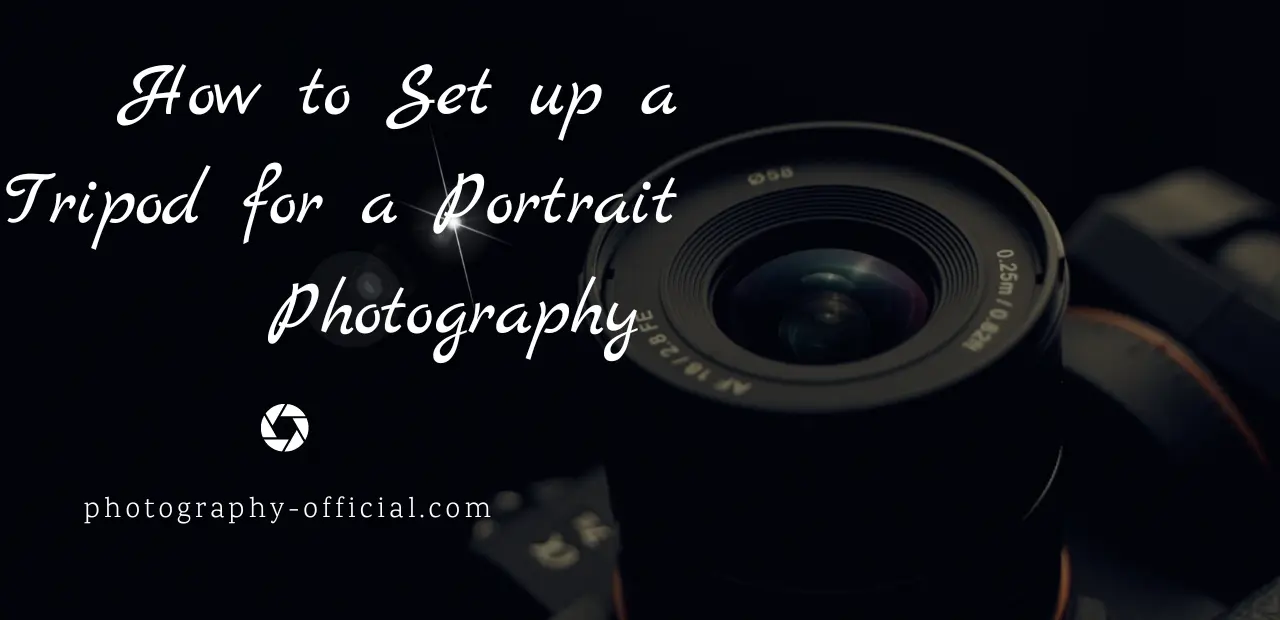Should I Use Flash on Disposable Camera Outside
In this article, we delve into the complexities of using flash on disposable cameras in outdoor settings. We will explore the fundamental aspects of disposable cameras, the role of flash in photography, and its impact on outdoor photos. Additionally, we examine various situations where the choice between using flash or not can significantly influence the outcome. This comprehensive guide provides valuable insights for both amateur and seasoned photographers seeking to enhance their skills with disposable cameras.
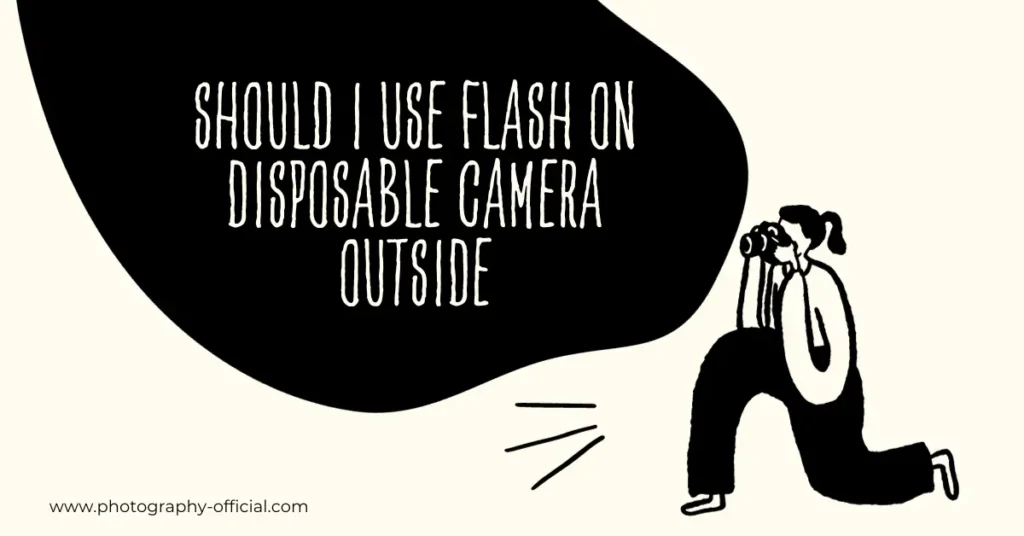
- Understanding the Basics of a Disposable Camera
- The Role of Flash in Photography
- Evaluating Outdoor Lighting Conditions
- Pros and Cons of Using Flash Outdoors
- Impact of Flash on Outdoor Photos
- Tips for Using Flash on a Disposable Camera Outside
- Case Studies: Flash Vs No-Flash Scenarios
- Expert Advice on Outdoor Photography With Disposable Cameras
- Overcoming Common Challenges in Using Flash Outside
- Improving Your Disposable Camera Photography Skills
- Conclusion
Understanding the Basics of a Disposable Camera
The comprehension of the fundamental principles of a disposable camera is imperative for both amateur and professional photographers to maximize its potential in capturing quality images. Understanding the disposable history of these cameras, their types, the choice of film, the developing process, and camera maintenance can significantly enhance the quality of the photographs produced.
Disposable cameras, also known as single-use cameras, emerged in the late 20th century. They were initially designed for occasional use, particularly by tourists and at special events. Their popularity can be attributed to their affordability, ease of use, and portability. Over time, the disposable history evolved, with various camera types being incorporated to suit different photography needs.
There are mainly two types of disposable cameras: flash and non-flash. The choice between these camera types depends on the lighting conditions. For instance, flash cameras are ideal for low-light situations while non-flash cameras are suitable for well-lit environments.
The film selection in a disposable camera is fixed and usually ranges from ISO 200 to ISO 800. The lower the ISO, the finer the grain in the picture, and the better the camera will perform in bright conditions. Conversely, higher ISOs perform better in dimly lit environments.
The developing process of disposable cameras is straightforward as the film can be processed in a standard film lab. However, it’s essential to handle the camera with care to avoid damaging the film.
Regular camera maintenance, such as cleaning the lens and avoiding exposure to extreme temperatures, can extend the camera’s lifespan and ensure it consistently produces high-quality images. In conclusion, by understanding these fundamental principles, photographers can effectively utilize disposable cameras.
The Role of Flash in Photography
In photography, the role of flash extends beyond merely illuminating a subject; it is an integral tool for controlling light, enhancing image quality, and shaping the overall aesthetic of the final photograph. This discussion will delve into the significance of flash techniques, indoor flash, flash diffusers, flash sync speed, and flash compensation in the context of photography.
Flash techniques involve the strategic use of flash to manipulate light and shadow, providing depth and dimension to the photographic subject. Indoor flash is a technique often used to counteract poor lighting conditions, while flash diffusers scatter the harsh light of the flash, resulting in softer shadows and a more evenly lit subject.
The flash sync speed is a crucial factor in flash photography. It is the fastest shutter speed at which the camera can fully expose the film or sensor while the flash fires. Exceeding the flash sync speed can result in a dark or partially lit frame. Understanding and correctly setting the flash sync speed can significantly improve the quality of shot, particularly in high-speed photography.
Flash compensation is another critical aspect. It allows photographers to adjust the intensity of the flash, either increasing or decreasing it, to achieve the desired exposure level. Overexposure can wash out the subject, while underexposure can leave it in shadows.
Evaluating Outdoor Lighting Conditions
Why is it crucial to accurately evaluate outdoor lighting conditions when determining the need for flash in photography? The answer lies in the nuanced interplay between natural light and the subject matter. The use of flash, while beneficial under certain circumstances, can sometimes disrupt the harmony of natural lighting, leading to undesirable results.
In Sunset Photography, for instance, the warm, diffused lighting creates a serene atmosphere that can be shattered by the harsh, artificial light of a flash. Similarly, in Daylight Exposure, the Direct Sunlight can already provide ample lighting, making the flash superfluous and potentially creating overexposure.
The Shadow Effects, another critical aspect of outdoor photography, can be dramatically altered by flash. Shadows add depth and dimension to the images and can be manipulated creatively to enhance the composition. However, using flash can flatten these shadows, making the image look two-dimensional and dull.
Evaluating the outdoor lighting conditions becomes even more important in a Cloudy Condition. The overcast sky diffuses the sunlight, creating soft, even lighting that is perfect for portraits. Using flash in such conditions can create harsh shadows and highlights that take away from the subtlety of the image.
Pros and Cons of Using Flash Outdoors
Diving into our current discussion topic, it’s essential to weigh the pros and cons of using flash outdoors, as it can either enhance your subject or detract from the overall image quality. The flash intensity might be an asset or a liability, depending on the nature of the subject and the ambient lighting conditions.
This becomes particularly crucial in daytime photography. Flash can help to fill in harsh shadows, especially in direct sunlight, where the light can be intense and create deep, unflattering shadows on your subject. By using a flash, you can illuminate these shadows and bring more balance to your photo. However, this must be done carefully, as there is an overexposure risk. If the flash is too intense, it can wash out your subject and cause loss of detail, particularly in lighter-colored or reflective areas.
Color distortion is another concern when using flash outdoors. The flash’s light is often a different color temperature than the ambient light. This can cause color distortion, particularly in the shadows, where the cooler flash light mixes with the warmer sunlight.
Impact of Flash on Outdoor Photos
During the process of outdoor photography, the use of flash can significantly alter the final image, but it must be carefully managed to prevent overexposure or color distortion. The flash intensity is critical as it determines the illumination of the subject while ensuring the background isn’t drowned out. A well-adjusted flash can fill in shadows, bring out details, and create a balanced image that mirrors the eye’s perception.
Flash also plays a significant role in daylight balance. It can help to neutralize the harsh sunlight, preventing washed-out images. However, mismanagement of flash in daylight can lead to overexposed photos. Therefore, understanding the interplay between flash and natural light is crucial for achieving a balanced exposure.
Ambient light is another important factor. The flash must complement the ambient light, not overpower it. This balance is crucial in maintaining the natural elements of the scene. The light direction also plays a pivotal role when using flash. The direction from which the flash is fired can cause shadows, forming a three-dimensional effect on the subject.
Flash diffusion is a technique used to soften the flash, reducing the chances of overexposure and harsh shadows. Using a diffuser can distribute the light evenly, producing a more natural and appealing photograph.
Tips for Using Flash on a Disposable Camera Outside

The effectiveness of a disposable camera’s flash outside largely depends on understanding and manipulating several key factors, including flash intensity, daylight balance, ambient light, light direction, and flash diffusion. For optimal results, photographers need to consider flash timing, camera angles, weather effects, color balance, and subject positioning.
Flash Timing is paramount when using a disposable camera’s flash outside. It should ideally be used when ambient light is insufficient or when attempting to fill shadows on the subject’s face during harsh daylight. Camera Angles also significantly impact the resultant image. A straight-on flash could flatten the subject’s features, while angling the flash can create depth and texture.
Weather Effects play a crucial role in flash photography. On cloudy days, the flash can help to brighten the subject, while on sunny days, it can help to soften shadows. However, photographers should be mindful of reflective surfaces that could lead to overexposure.
Color Balance can be challenging to manage with disposable cameras, but using the flash can help to neutralize overly warm or cool tones in the image. It is important to note that the flash should complement natural light, not overpower it.
Subject Positioning must be considered in relation to the camera and light source. The subject should ideally be positioned at a distance where the flash illuminates them evenly. Too close and the flash could wash them out, too far away and they may not be adequately illuminated.
Case Studies: Flash Vs No-Flash Scenarios
In our current discussion topic, we will be examining a significant number of case studies that compare the outcomes of flash versus no-flash scenarios in outdoor photography. The main factors under scrutiny include Flash Duration, Subject Placement, Flash Range, Weather Influence, and the role of Ambient Light.
Flash Duration is a central component in these studies, as it impacts the balance between the foreground and background, often dictating the level of detail captured in the image. Subject Placement, too, has a profound effect on the final image. Placement closer to the camera requires a shorter flash duration, while subjects further away demand a longer one.
Flash Range, another critical factor, determines how far the light of the flash can reach. In outdoor photography, a greater flash range can effectively illuminate distant subjects, while a shorter range may result in underexposed images.
Weather Influence is also a key consideration. Weather conditions, such as overcast skies or foggy environments, can necessitate the use of flash to compensate for the lack of natural light. Conversely, in bright sunlight, the use of flash can help to fill in shadows and highlight key features of the subject.
Finally, Ambient Light – the natural light present in the scene – plays a vital role. In scenarios with sufficient ambient light, the use of flash may not be required, while in low-light conditions, flash can significantly enhance image quality.
Expert Advice on Outdoor Photography With Disposable Cameras
Armed with the knowledge gleaned from our previous case studies, we turn now to expert advice on optimizing outdoor photography using disposable cameras. Key areas of consideration include disposable camera maintenance, understanding film speeds, disposable versus digital, camera angle techniques, and capturing movement outdoors.
Disposable camera maintenance is crucial for obtaining high-quality outdoor photographs. Keep your camera clean and avoid exposing it to extreme temperatures to ensure the film remains in optimal condition. Understanding film speeds is another critical element. A higher film speed is preferable when photographing fast-moving subjects or in low light conditions outdoors.
The disposable versus digital debate often comes down to personal preference and intended use of the photos. While digital cameras offer greater flexibility and immediate feedback, disposable cameras capture a unique, vintage aesthetic that cannot be replicated.
Camera angle techniques can dramatically influence the composition and mood of outdoor photos. Experimenting with different angles, such as a low-angle to make your subject appear larger or a high-angle for an overview of the scene, can provide interesting results.
Capturing movement outdoors can be a challenge with disposable cameras due to the lack of advanced settings. However, with practice and a keen eye for timing, one can capture fantastic shots of moving subjects. Be it the rustling leaves in a gentle breeze or the swift motion of a cyclist, the key is to anticipate the movement and click the shutter at the right moment.
Overcoming Common Challenges in Using Flash Outside
Navigating through common challenges when using flash outside, photographers often grapple with overexposure or harsh shadows, but by adjusting the flash intensity and experimenting with angles, they can achieve balanced and striking results. This however requires a clear understanding of flash timing and light metering, which are often misunderstood concepts in photography.
One of the prevailing flash misconceptions is that it should only be used in low-light conditions. On the contrary, flash can be effectively used outdoors during daytime to fill in shadows and balance the overall lighting. Outdoor challenges such as bright sunlight can create intense shadows on subjects, making them appear underexposed in comparison to the brightly lit background. Here, using flash can help even out these disparities.
Flash timing, or syncing, is another key aspect. It refers to the coordination between the flash firing and the camera’s shutter. A poorly timed flash can result in half-lit images or ghosting effects. Therefore, understanding your camera’s sync speed is crucial for outdoor flash photography.
Light metering, the process of determining the adequate exposure, plays a significant role in controlling flash intensity. By correctly metering the scene, photographers can adjust the flash intensity to match the natural light, achieving a more balanced and harmonious picture.
Improving Your Disposable Camera Photography Skills
Regularly practicing the art of composition and understanding the limitations of your disposable camera, while also mastering the use of flash, can significantly enhance your disposable camera photography skills. Film sensitivity, shutter speed, camera handling, subject positioning, and image composition are key elements to consider for optimal results.
Film sensitivity refers to the film’s responsiveness to light. In a disposable camera, this sensitivity is often fixed, but understanding the concept can help you determine the best lighting conditions for your photography. The shutter speed, another fixed setting in most disposable cameras, regulates how long the film is exposed to light. For better image quality, it is important that the camera be stable during this time, emphasizing the importance of proper camera handling.
Subject positioning and image composition are subjective elements that can greatly influence the outcome of a photograph. Whether your subject is a person, object, or landscape, the way it is positioned within the frame can dramatically impact the aesthetic appeal of the picture. Mastering the rule of thirds, where the frame is divided into nine equal parts and the subject is placed along the lines or their intersections, can help create balanced and interesting compositions.
The flash on a disposable camera is a powerful tool that can illuminate subjects in low light conditions. However, its effective range is usually limited to about 10 feet. Understanding when to use the flash, and when natural light is sufficient, is a critical aspect of disposable camera photography.
Conclusion
In conclusion, the use of flash on disposable cameras outdoors is contingent on several factors including lighting conditions and desired aesthetic. While the flash can augment photos under poor lighting, it may also lead to overexposure or unwarranted shadows. Case studies illustrate these variances. Therefore, arming oneself with knowledge about disposable cameras and practicing under different conditions can enhance outdoor photography skills and assist in making informed decisions about the use of flash.
If you do not have the disposable camera yet, perhaps you wont need it eaither. Did you know that you can simply create a disposable camera effect. Here is the link to detailed guide!


